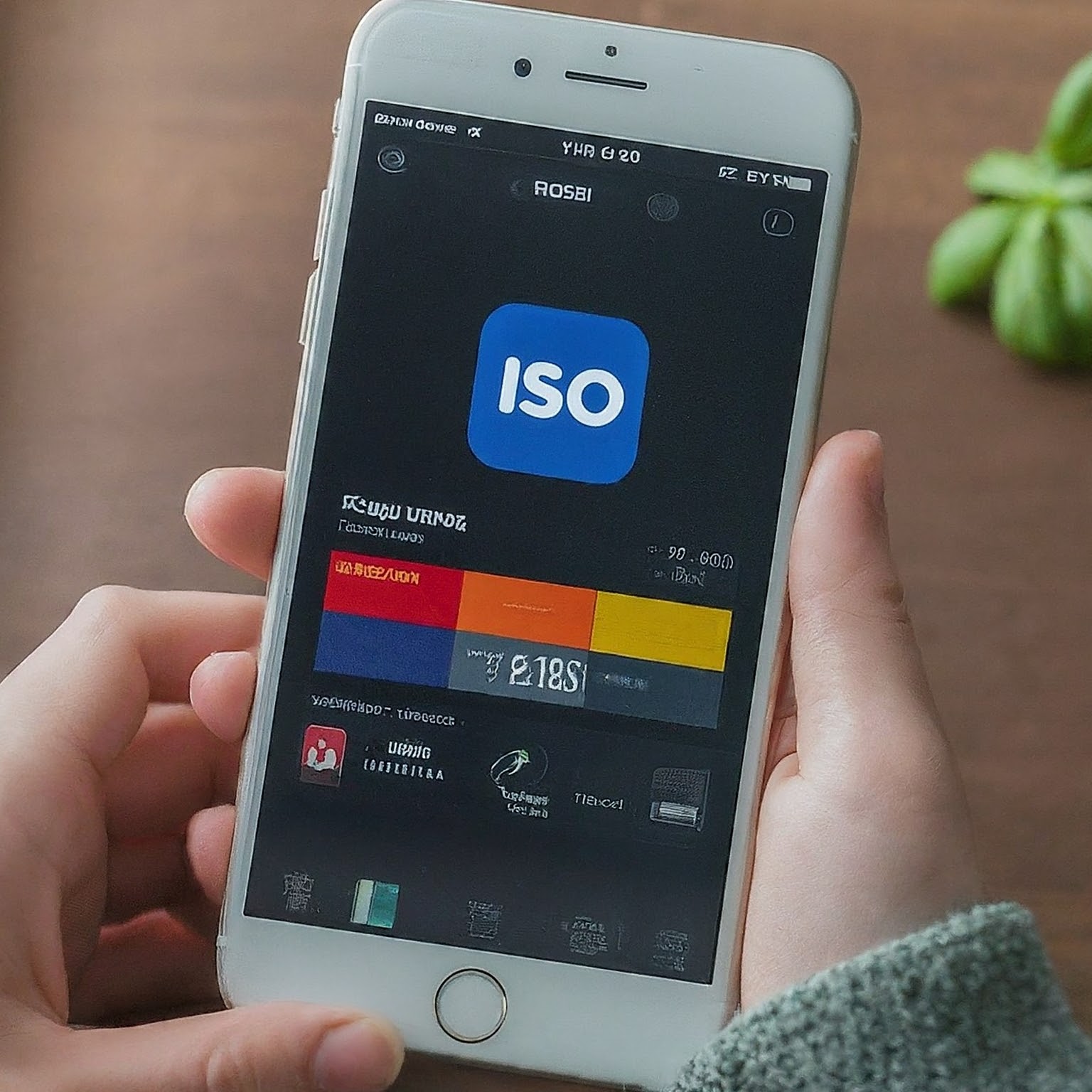Have you ever wondered what the two-letter abbreviations after a country’s name represent? These are country letter codes, a standardized system used globally to identify nations. Understanding country letter codes can be a valuable asset in today’s interconnected world, from deciphering website addresses to navigating international trade.

There are two main types of country letter codes: ISO 3166-1 alpha-2 and ISO 3166-1 alpha-3. The ISO (International Organization for Standardization) is responsible for establishing these internationally recognized codes.
-
ISO 3166-1 alpha-2:
- This is the most widely used type of country letter code. You’ll likely encounter these familiar two-letter combinations like US for the United States, FR for France, or JP for Japan. These codes are also used to create the country code top-level domains (ccTLDs) on the internet – for instance, “.us” for American websites or “.jp” for Japanese ones.
-
ISO 3166-1 alpha-3:
- These three-letter codes can sometimes be more intuitive than their two-letter counterparts. For example, the code for Canada is CAN, while the code for China is CHN. While less commonly used than alpha-2 codes, alpha-3 codes can provide clarity, especially for countries with similar-sounding names.
Beyond internet addresses, country letter codes have numerous applications:
-
International Trade
- ]: These codes simplify customs documentation and streamline international commerce.
-
Postal System:
- Country letter codes are often integrated into postal codes to ensure efficient mail delivery across borders.
-
Data Analysis:
- Researchers and analysts use country letter codes to categorize data by geographical location.
Understanding country letter codes opens doors to a more comprehensive understanding of the global landscape. Whether you’re a business professional, a frequent traveler, or simply a curious citizen, familiarizing yourself with these codes can be a valuable asset in the modern world.
For a complete list of country letter codes, you can refer to resources provided by the International Organization for Standardization or other trusted online sources. So, next time you come across a country letter code, you’ll be equipped to crack the code and unlock a deeper understanding of the world around you.